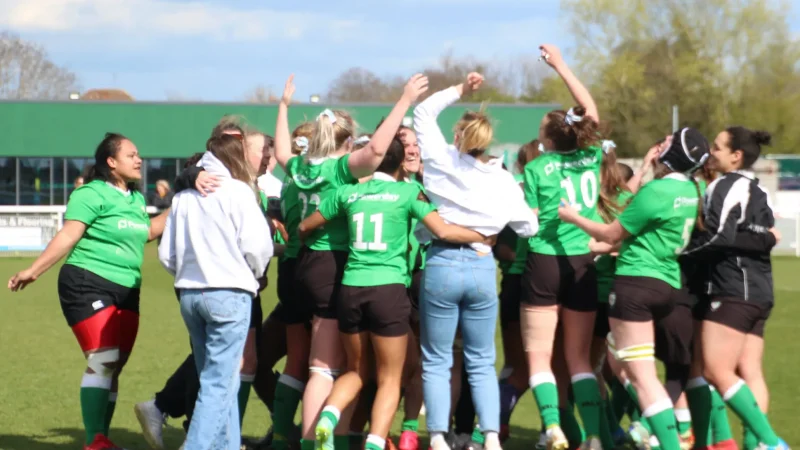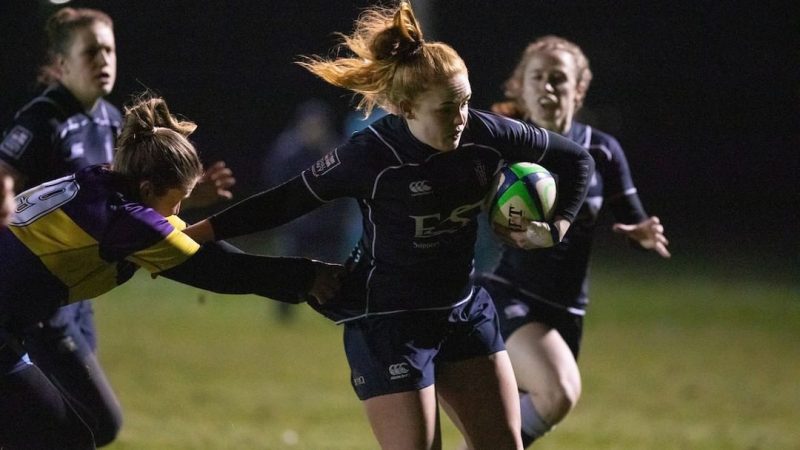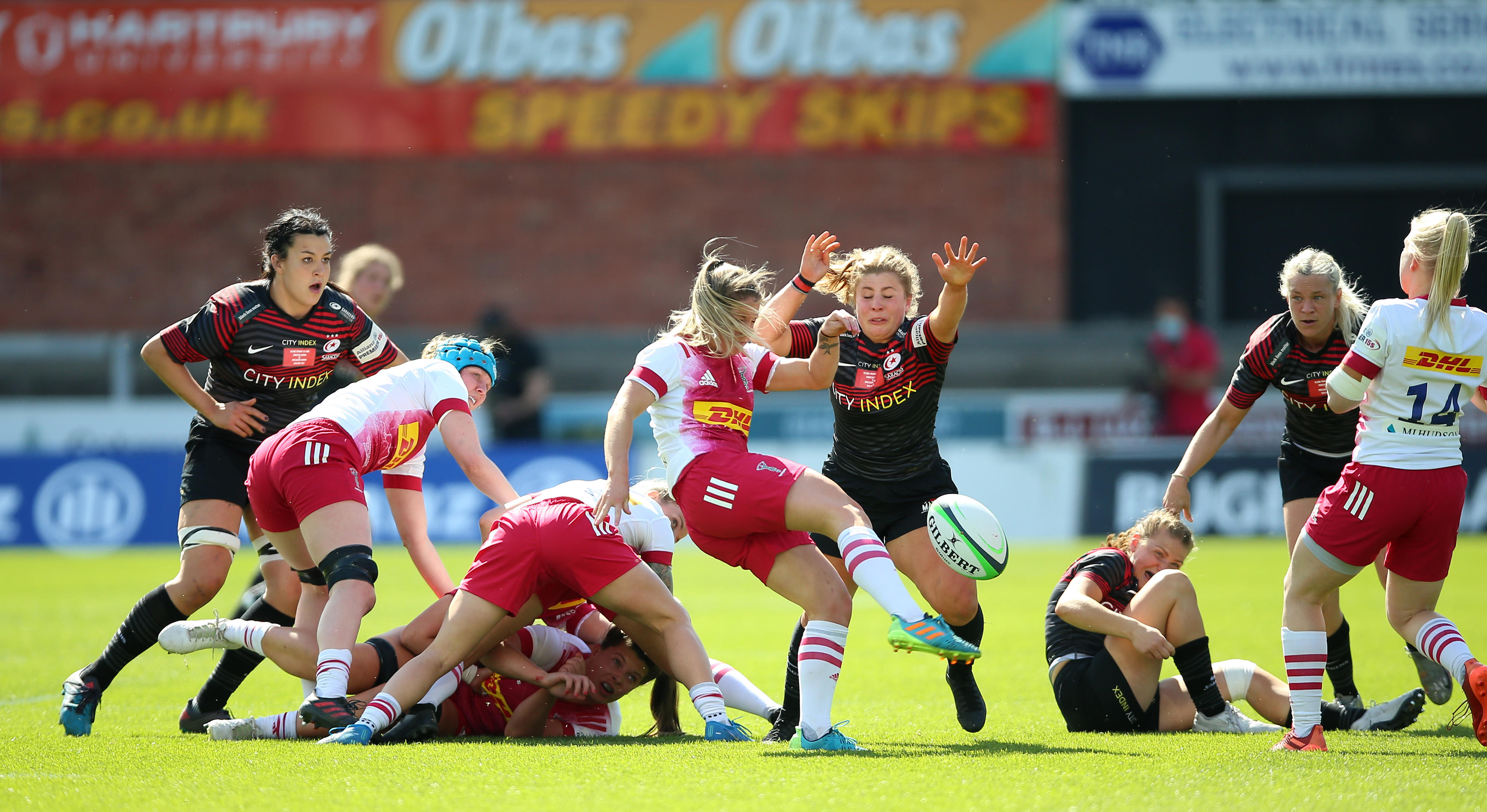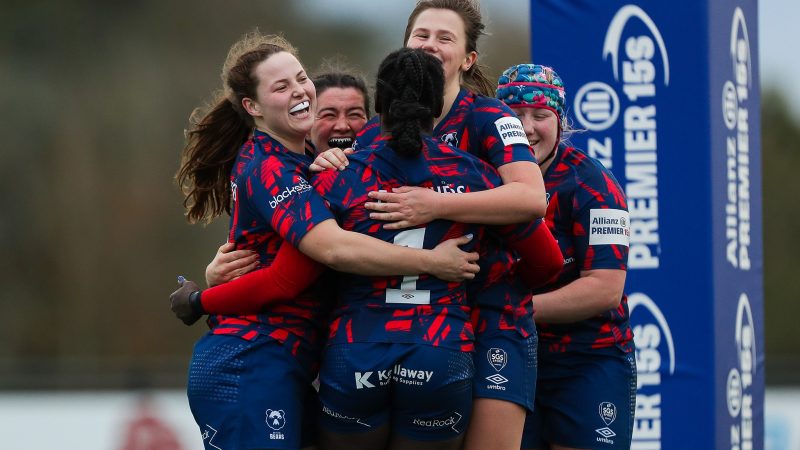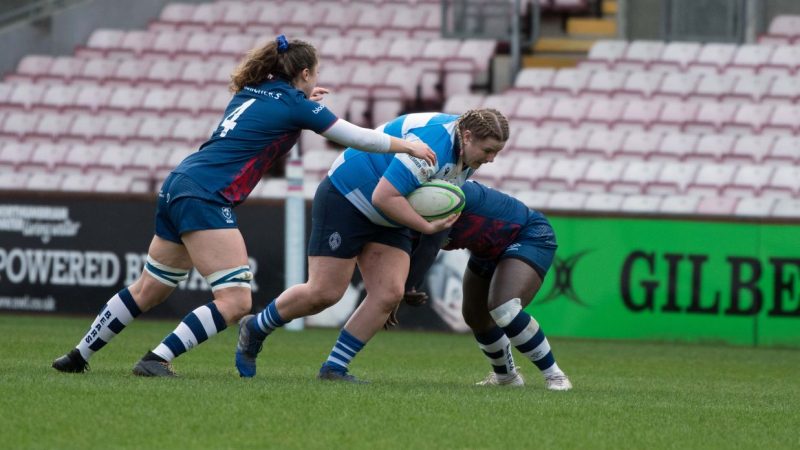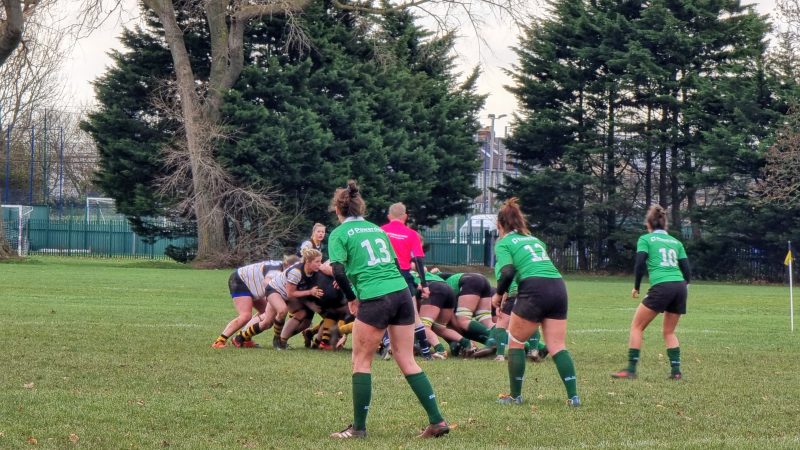Women’s Six Nations: A few thinking points from week one.
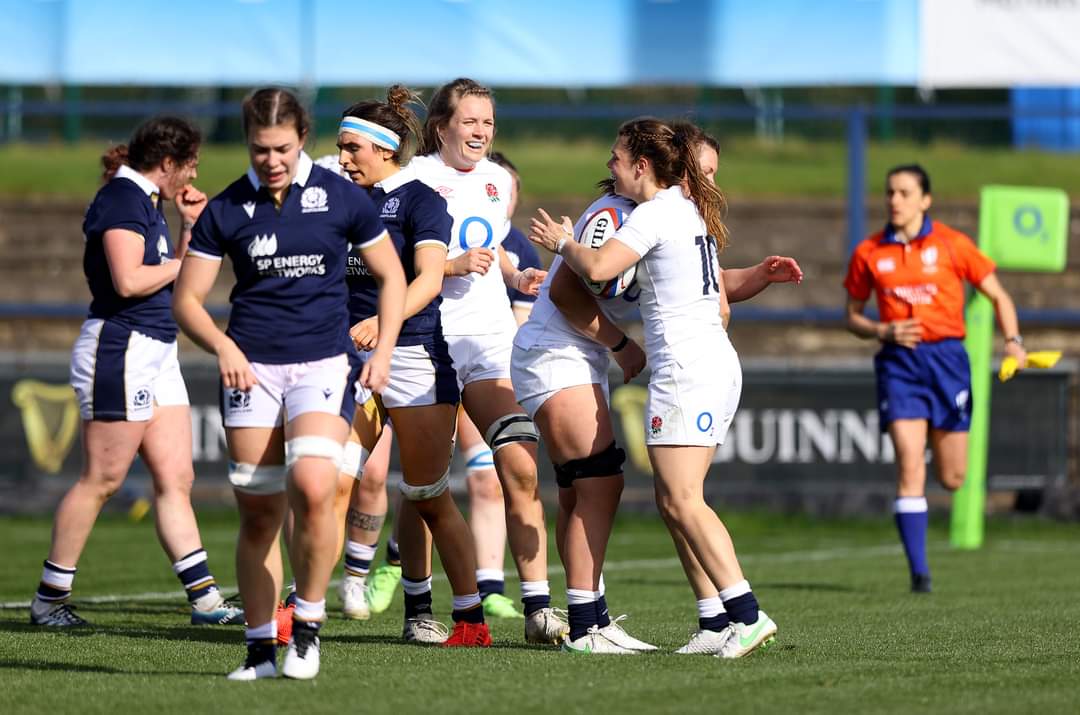
The Women’s Six Nations is back and, though we might not be getting the full complement of games, there’s still plenty to talk about so today, and every Sunday throughout the tournament, we’ll share a few of our own thoughts after watching the weekends action.
Is Poppy Cleall the most complete player in the game?
Her team mate Emily Scarratt might be the reigning world player of the year but Cleall has been catching the eye for some time now. Demolishing the opposition when the Red Roses took on Wales in last years tournament, being a standout in the autumn against the French and consistently impressing for Saracens too.
She’s an incredibly versatile player, regularly deployed in the second row or at 6 to great effect, but she really comes alive at 8 where her hard running and ferociousness guarantee points on the board. She’s a try scorer but also has great hands and is very willing to play in others, notably creating an opportunity for her twin sister Bryony in the Scotland game yesterday. In fact, whisper it but when Sarah Hunter returns, she might have to play a different role to accommodate Poppy if Middleton wants his team to reach their full potential!
How do France have so many great scrum halves?
This one isn’t limited to the women’s game, but what is it in the waters over in France that makes their 9s so wonderful to watch?
In the men’s team you have the brilliance of Dupont and the glorious chaos of Baptiste Serin, while the women have the brilliant Pauline Bourdon who effortlessly orchestrates her team, has a lovely kicking game and great vision. If she tires or Les Bleus need something different the livewire Laure Sansus can join the fray and bring her hard running, pugnacious attack to the opposition.
The legend of les petits généraux is full of hyperbole and wild guessing, but essentially boils down to the way their backs are deployed, the 9 takes on the leadership role that is more readily associated with fly halves in the British game, leaving the 10 to act a s playmaker or pivot.
When France really play at their best Bourdon moves to fly-half and dictates play while Sansus makes breaks and gets into the opposition…. And when that happens the real winners are the viewers, because some wonderful rugby gets played!
What next for Scotland and Wales?
Both teams suffered crushing defeats and will be looking to right the ship at the first opportunity. For Wales that comes early on Saturday evening as they host Ireland, a game they’ll be targeting to win and, if they can keep the defensive focus they showed against France and find a way to get the likes of Hannah Jones and Jasmine Joyce more time on the ball, they’ll be in with a decent chance.
For Scotland they have a week off now to rest tired bodies and work on their game plans before Italy come to town in a fortnight. The loss of talismanic captain Rachel Malcolm will be huge but they can look back on some strong individual performances against England, notably from centre Hannah Smith who was a real threat and lineout leader Emma Wassell.
For both teams the target will be a strong win and the prize may well be to face each other on the final weekend.
Is RC Vannes the only team whose stadium is next door to a monastery?
I’ll admit, the France game being all one way traffic allowed me plenty of distractions. The biggest of which was the imposing building behind the stadium in Vannes. A quick half time Google search revealed it as Morbihan Monastère du Carmel, a Carmelite monastery (or convent) whose nuns must get a lovely view of the rugby from their windows.
It got me thinking about which other clubs might have unexpected next door neighbours… so if you have some examples do share them!
That’s all for this week but if you have any questions, want to share your thoughts on the game or the structure of the competition, don’t forget to leave a comment here or on social media!
